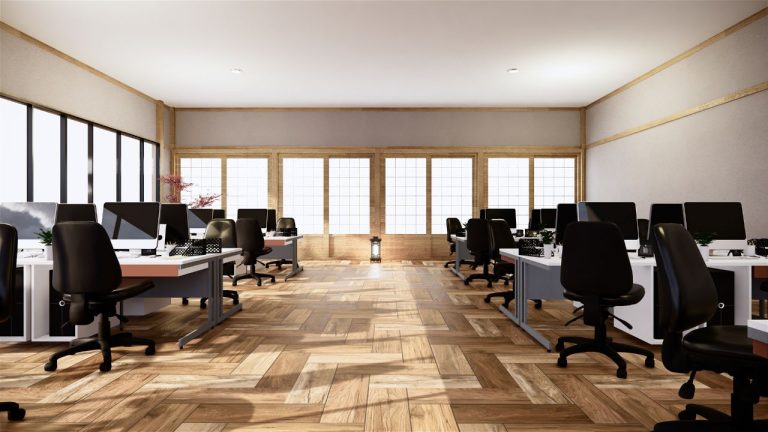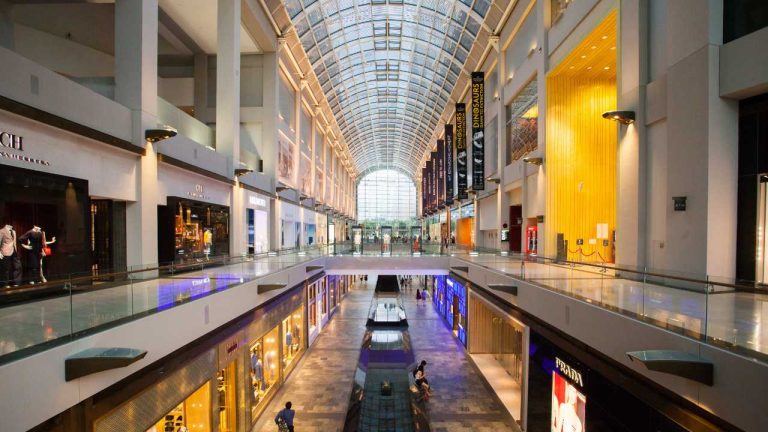7 Tips for Evaluating a Retail Shopping Center Site
Positioning a Retail Shopping Center today into a town or city is a very special process. There are many ‘checks and balances’ that need to be considered to ensure that the property is successful for the long term in attracting both customers and tenants.
As a specialist retail property agent, it is critical that you understand those basic elements of site selection. The choices made in site selection will impact retail shop leasing and property performance.
To get you started, here are some of the important considerations in placing your shopping center site and understanding future trade opportunities:
- Competitors – At the very top of the list you must firstly look at the existing shopping centers as competitors serving your local market. Inspect those properties and look at tenant mix, customer profiles, rents, vacancy factors, access, presentation, and property performance issues. Whilst there will be limits as to how much information you can get from another property, generally you can get some good ideas and assess how those properties are performing.
- New developments – There could be other retail properties in the planning or approval stage. Check out the local planning office for upcoming approvals under consideration. Review the facts based on the properties in the planning phase.
- Roads and Access – Convenience is a big thing in retail shopping center placement. Customers and shoppers must be able to get to the property effectively and directly. Look at how the site is impacted and accessed by roads, public transport, and people on foot. Are there any planned road changes that could impact the ‘access factor’?
- Visibility – A successful medium or large shopping center should be located on a main road and signage will be part of the marketing process to encourage trade in an ongoing way. Check out the placement of the property boundaries and how they can be seen from the roads and passing traffic. Where would you place signage to attract customers? How flexible will the council and municipal authorities be to signage on the property and the boundaries?
- Car parking – Whilst you may only be looking at a vacant parcel of land now with the potential of constructing a new shopping center, the placement of buildings and the positioning of the car park should be conceptualised to see how things fit into the site. A good retail property will have a sizeable car park that is accessible from many points around the site.
- Gross Lettable Area – The size of the property will have an impact on lettable space and therefore rentals. The location of anchor tenants, and specialty tenants should be planned as to size of premises, placement, and common area. To help with that consideration, undertake a tenancy mix plan to create the ideal leasing strategy and tenant placement. You can cluster tenants in zones of the property as well as around access entranceways and anchor tenants. The rents for the property will be enhanced with a good tenant mix plan.
- Customer profiles – Consider the ideal customer that will visit your newly constructed retail property. What type of customer are they? How often will they visit the site? Why will they go to your property and not others? When you know the answers to these questions you can establish a marketing strategy to promote the property into the local community when the development is reaching completion of construction.
Taking these 7 factors you can understand the potential that a property location may offer in constructing a retail shopping center.






